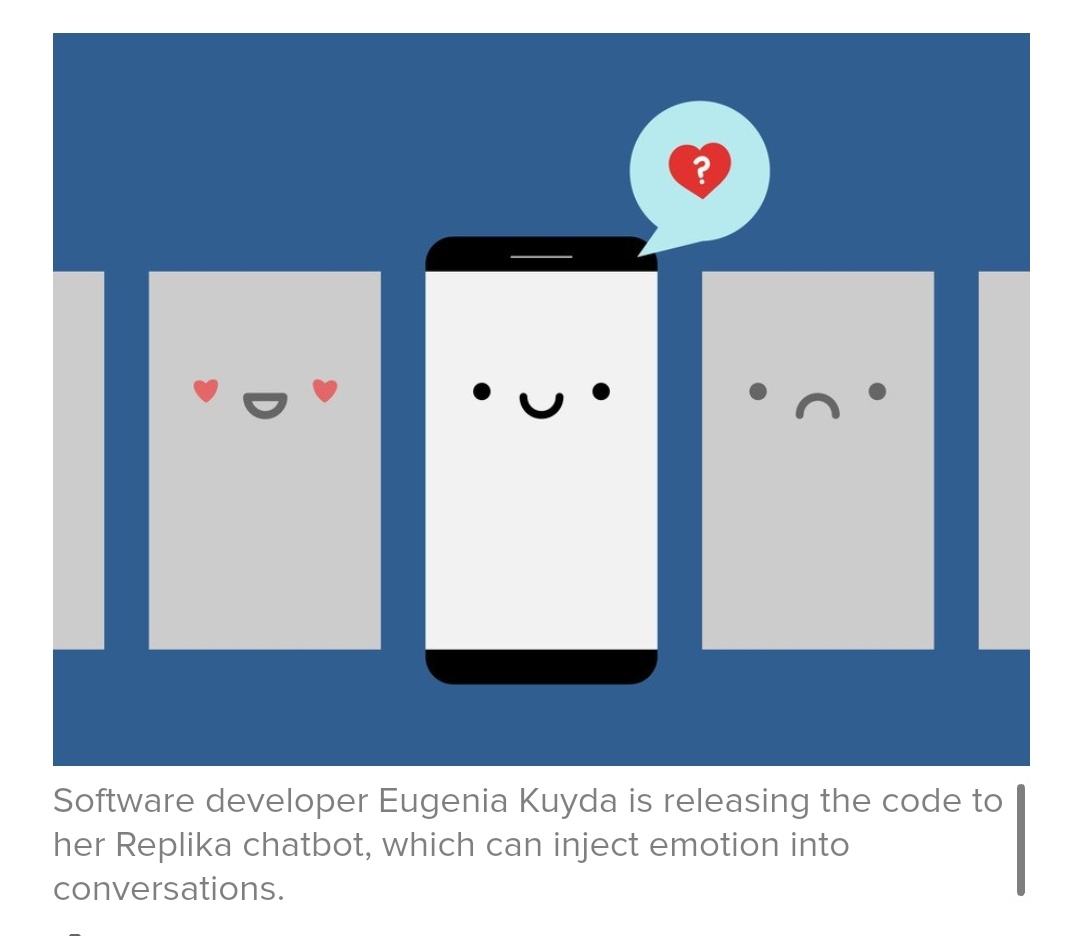Kuyda’s chatbot uses a deep learning model called sequence-to-sequence, which learns to mimic how humans speak in order to simulate conversation. In 2015, Google introduced a chatbot like this, trained on film scripts. (It later used its conversational skills to debate the meaning of life.) But this model hasn’t been used much in consumer chatbots, like those that field customer service requests, because it doesn’t work especially well for task-oriented conversations.
“If you’re building an assistant that needs to schedule a call or a meeting, the precision’s not going to be there,” says Kuyda. “However, what we realized is that it works really well for conversations that are more in the emotional space. Conversations that are less about achieving some task but more about just chatting, laughing, talking about how you feel—the things we mostly do as humans.”
Read More.. Source Wired

